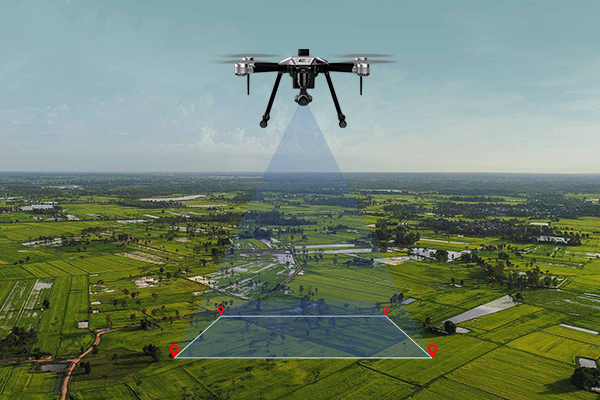With the traffic volume in urban areas constantly growing to high levels, traffic authorities including those in charge of traffic management are faced with many unanswered questions and problems. Mainstream techniques of regulating traffic and supervising it frequently do not perform well and fail to meet the challenges of traffic congestion, road safety, and transport systems efficiency.
This blog article will dive into the enormity of traffic monitoring using drones in the near future of traffic management. Drones can enhance road safety and traffic flow management that can indeed reshape urban mobility.
Enhancing Traffic Surveillance and Incident Management:
Traffic monitoring and incident management are made easier with drones, which are equipped with high-definition cameras and real-time video streaming capabilities. By flying over congested areas or scenes with accidents, drones can report road conditions within seconds. Moreover, it can also locate traffic jams and identify events like accidents and car breakdowns.
Optimising Traffic Flow and Reducing Congestion:
Drones are seen as one of the most effective in traffic management due to their capabilities to collect data and analytics to enable the improvement of traffic flow optimisation. Unmanned aerial vehicles are able to record traffic flows along freeways, interchanges and roadways in general. With this information, authorities can pinpoint areas of higher congestion and make informed decisions on how to manage traffic more efficiently.
Surveillance drones can pinpoint traffic jam spots, facilitating effective measures like signal timing adjustments or vehicle rerouting. This approach significantly combats traffic congestion and enhances urban mobility efficiency.
Improving Road Safety and Infrastructure Maintenance:
Employment of drone provides a significant assistance in expanding road safety level and infrastructure repair. By using drones equipped with thermal cameras and LiDAR sensors, road conditions can be monitored in different ways. This includes methods like identifying pavement quality and signage visibility deterioration, among others.

Officials can use this information to locate and resolve risks like potholes, worn-out road markings, or damaged guardrails prior to a tragedy through the application of these data. Airborne’s main contribution to safer road network is the real-time drone inspections that they conduct. As a result, drivers and pedestrians are less likely to get in accidents.
Enabling Smart City Initiatives:
Drones drifting over city spaces enhance the security concept. Smarter cities could be created through the use of drones and their integration into the existing frameworks of traffic management authorities allowing data-driven insights as a tool to improve the whole urban transport sector. Drones can be synchronised with operation systems of transportation, giving real-life images of flow of traffic, degree of congestion, and possible routes.
Conclusion:
Drone aided traffic monitoring reflects an outstanding development in the arena of traffic management. Implementing drones enhances traffic surveillance. This, in turn, improves incident management efficiency and optimises traffic flow, thereby enhancing road safety.
Leveraging drone technology, ideaForge has become a leader in developing innovative solutions that transform traffic management. Their expertise empowers them to make data-driven decisions, significantly enhancing urban traffic monitoring systems.
For instance, ideaForge has demonstrably assisted traffic police by utilizing drones to monitor traffic flow, identify illegal parking violations, and effectively issue citations.

